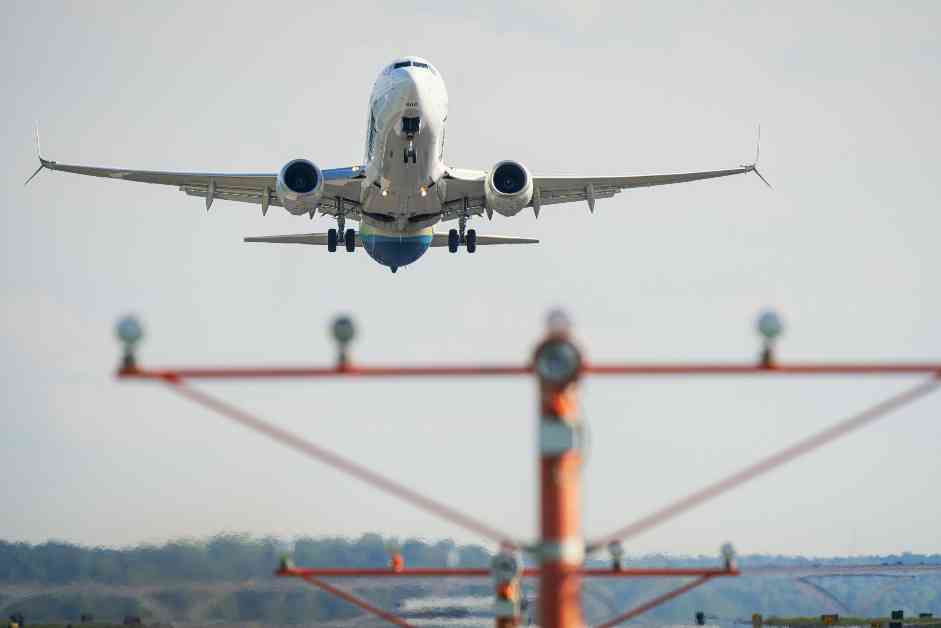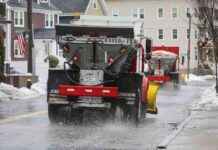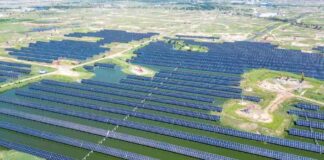Scientists at the European Geosciences Union conference last week spilled the beans on how global warming is causing a major uptick in sneaky clear-air turbulence, the kind that can catch pilots off guard and wreak havoc on planes. Paul Williams, a weather whiz from the University of Reading in the UK, predicts that turbulence along popular flight paths is set to skyrocket in the coming decades. Brace yourself for double, triple, or even quadruple the turbulence, folks.
Clear-air turbulence, as the name suggests, is like a ninja in the sky – invisible, unexpected, and potentially dangerous. It occurs when different air masses collide without any visible warning signs, jolting airplanes up and down like a rollercoaster. This can lead to serious damage to the aircraft and put passengers and crew at risk.
The surge in clear-air turbulence has been noted for a while now, and researchers are finally getting a handle on why it happens. Understanding the ins and outs of this phenomenon could lead to better forecasting and prevention strategies, especially when it involves the powerful jet streams that guide weather patterns across the globe.
But here’s the kicker: trying to figure out how climate change impacts wind speeds in the upper atmosphere hasn’t been all that helpful in deciphering clear-air turbulence, according to Williams. The real MVP here is vertical wind shear, which refers to the difference in wind speeds and directions at different altitudes. This variable is a game-changer for researchers trying to crack the turbulence code.
Davide Faranda, a climate physics guru from the French National Center for Scientific Research, likens vertical wind shear in the jet streams to a smoothly flowing river suddenly turning into a wild rapid. It’s like tossing a small boat into the mix – things are bound to get shaky. Faranda’s interest in clear-air turbulence stems from a childhood fascination with planes and weather, as well as a nightmare flight experience back in 2023. Talk about a bumpy ride.
The waves in the jet streams can be triggered by geographical features like mountains or continental shelves, constantly shifting and creating turbulence hotspots. As global warming accelerates, these jet streams are thrown into disarray, setting the stage for more turbulence in the future.
Williams, the brainiac from the University of Reading, stresses the importance of vertical wind shear data, showing off pictures of planes caught in severe turbulence. The numbers don’t lie – there’s been a 55% increase in rough air since the ’70s, and if we don’t get our act together, we’re looking at a 29% surge in turbulence by 2100. Buckle up, folks.
Faranda isn’t about to let a little turbulence scare him away from flying. With better weather instruments and increased awareness, most flights should remain safe. But with climate change throwing a wrench into the mix, it’s crucial to keep an eye on those turbulent skies and invest in better monitoring systems. After all, smoother flights are a win-win for everyone.
So, like, donate to Inside Climate News if you dig this article. They’re doing the Lord’s work, bringing you the latest on climate and the environment without any subscription fees or paywalls. Plus, they’re sharing their stories with other media outlets to spread the word far and wide. Kudos to them for keeping it real.














